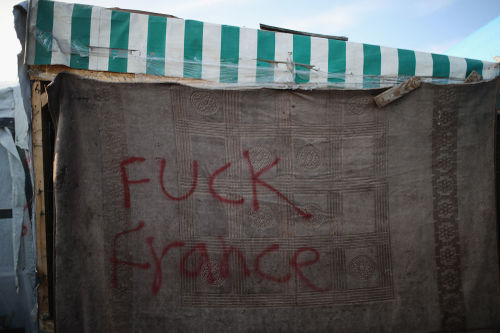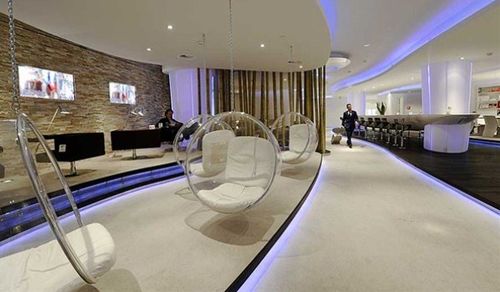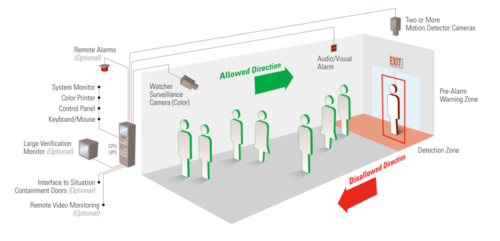Special Issue: Plan and methodology personal Issue
What does it mean “to move” in a “global village”?
In a world where national boundaries are collapsing in the name of a transnational circulation of ideas, languages and popular culture where lies the meaning of being public?
The existence of a public and free zone is it easily builded in a global village?
Which are the contradictions within the concept of globality regarding our necessity of moving freely in (public) space?
In using the word “contradictions” I don’t wait to show the point of this discussion: Living in a global network, in a Space of Flow (cit. Castells) or in a Capsular Society (cit. L.De Cauter) means being positioned in another system that translate a common necessity of freedom and openness in an unsustainable economic system that sees the act of being global as a chance to redirect the public expenditure priorities towards fields with high economic returns. Freedom means free market, mobility as the act of being positioned into selective borders between new national states, human rights are regulated by hierarchic welfares, and growth and development are translated into exploitation and acceleration.
As we don’t want to live in a world like this,
(indeed we can refer to some random tangible examples:
- the new migration fluxes from the war zones from the East of the planet to Europe,
- a trend called “re-tribalization” that is forcing the soil of our cities to become a field for new experimentations in communitarian living and all sorts of utopian behaviors,
- the emergency of subcultures that are claiming the inexistence of a valid decolonization process within certain areas of the world,
- all kinds of DIY logics that are showing and explaining possible solutions to avoid contacts with alienated methods of productions and/or exploitation.)
and as we can all perceive where the paradox lies in this western-society logic,
I’m here to analyze and discuss the act of being “mobile” in our ryzhomatic world.
(Refugee Camp of Calais, evacuation 24 October 2016)
Technology shaped our landscape creating new ways to navigate public space and built environment. New “forms of urban spatiality, transmediality and public interaction” are created by our medial and geopolitical panorama.
Mobility is enforced by our globalized world, however it is impossible to ignore the fact that mobilization is not equally distributed.
There are situations where mobility is replaced by immobility, and where those two actions are desired options, are enforcedly coercion or living in a paradoxical relation.
Mobility is a resource to which not everyone has an equal relationship.
There are spaces of inaccessibility, control and separation: in-between spaces like airports, checkpoints, hotels, detention centers, refugee camps and borders are liminal places paradigm of the global village. In these places the movement is paused, slowed or stopped.
The public is privatized, stressed, delocalized, over controlled and surveilled.
Why a border or another in-between space has the power of stopping, pausing, or generally “checking” the flow of my movement?
Mobility in its broadest sense concern also the potentiality of a movement:
a movement can be blocked ( what happens within borders between Europe and War Zones ),
a movement can be immobile ( new transitory space like the refugee camp ),
a movement can be planned ( like in all forms of dwelling and place-making ),
a movement can be surveilled and classified ( like in airports, gait analysis).
The airport as a space is a model for “wider societal surveillance trends”,
how to get arrested in airport because of you moves: write an encyclopedia of weird ways to get arrested in airports, try to give them an image: - performance/choreography (de-contextualized) - fake “scientific” illustrations, - Map the free spaces - try to enter the check point wiithout actually flying somewhere
Implication of being “out of place”
From "Secured and sorted Mobilities: Examples from the Airport", Peter Adey
mobility: signify the metaphorical movement
stranger and vagabonds: seen as figures of risk to security because social and spatial boundaries are crossed.
The tourist may be welcomed into a country a migrant may not be.
spaces where mobility is channeled: obvious point of social differentiations.
At BORDERS, airports MOVEMENT AND DISTINCT SPATIAL BOUNDARIES COEXIST: undesirable mobilities may be distinguished from the desirable. Increasingly achieved by surveillance.= method to control mobility
Surveillance has become more mobile:
- example of the surveillant sorting
- distinguish passengers and goods
- formation of categories and profiles
- possibility of discrimination -treating someone better than others-
elements of surveillance systems = socio-technically perpetuated through interactions of artifacts, technologies and people.
How surveillance deals with mobility : not limited to humans, but extended to things and their amalgamation with people. (shift in focus)
Airport: space of flows, nodes on the global networks of mobility
terminals: builded and specially designed to control and direct the masses of passengers. (due to the function of airports as borders and for the nature off international terrorism
Virilio: the border is at the center of our cities.
AIRPORTS: ACT As border zone, they function in similar way to the borders that police the boundaries of our countries, regulating the movement of people that enter and leave.
airports: screening or filter for the threads to a nation.
Monitoring passengers: putting passengers under surveillance without having to exam every passenger.
passengers screening and profiling: sort the most probable thread to security from the rest of the passengers.
Most worrying form of surveillance: profiling = ability of informations and data to “build an individual “
people are sorted into a profile or a particular consumer group.
Profiling: predict a person behavior or characteristics
gathering, storing and sharing of informations about someone : profiling
http://www.fas.org/irp/threat/212fin~1.html (White House Commission on Aviation Safety and Security. FINAL REPORT TO PRESIDENT CLINTON)
Biometrics /The read sort
http://www.schiphol.nl/Travellers/AtSchiphol/Privium/Privium/IrisScans.htm (Schiphol / Iris Scan)
Vip Lounge / Schiphol
l/Travellers/AtSchiphol/Privium/PriviumBenefits/FastBorderPassage.htm (Schiphzl, Priority Area) = creation of a kinetic elite
 Exit Sentry / monitoring the movement of passengers walking through the exit corridor of secured areas of an airport terminal
http://teamcore.usc.edu/mgoenka/Activity/ Detect suspicious passengers from the track of their trajectories of movement.

Gait Recognition
https://www.youtube.com/watch?v=lwwYEcrPDPQ guy that’s refusing to get inspected
http://money.usnews.com/money/articles/2008/07/16/4-dumb-ways-to-get-in-trouble-at-the-airport




